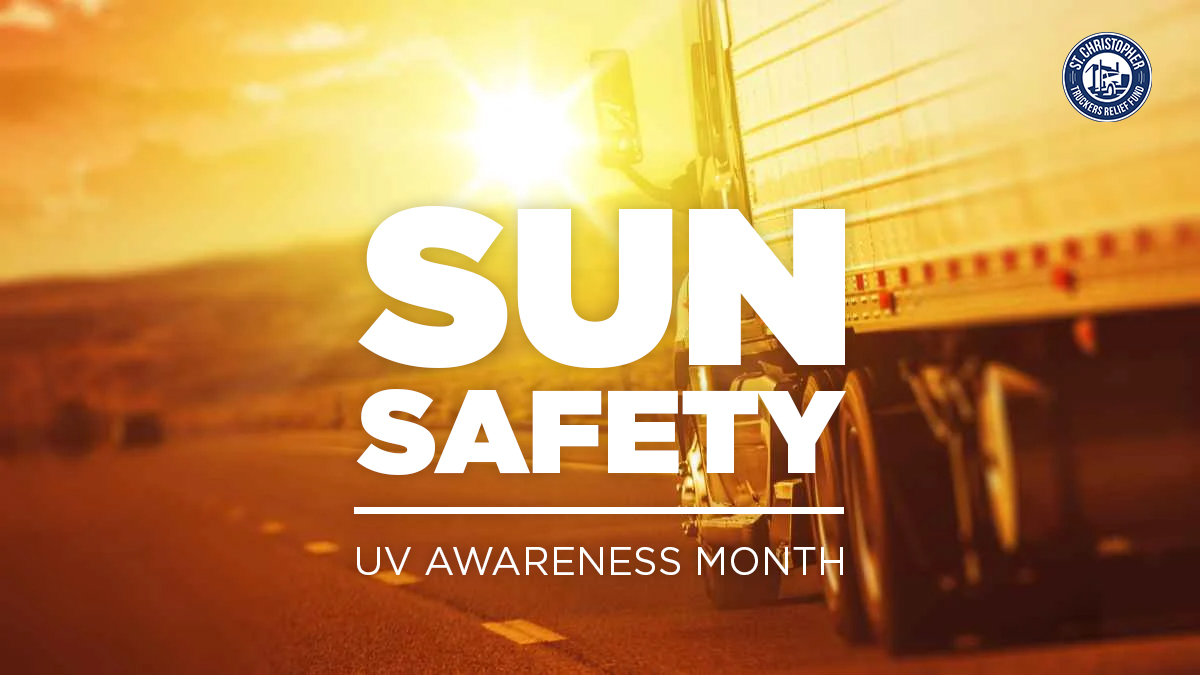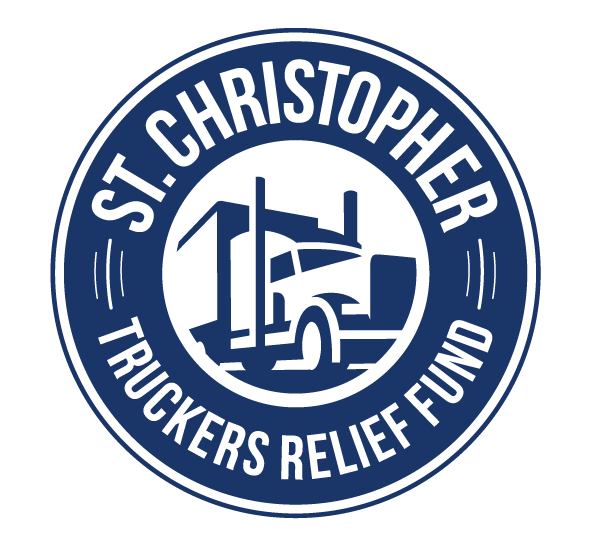
With the summer months come new health risks. For July, the St. Christopher Fund is highlighting UV Safety Awareness Month. Ultraviolet (UV) radiation is a type of electromagnetic radiation that comes from the sun, tanning beds, and, in smaller amounts, light fixtures. There are two types of UV radiation – UVA, which causes premature aging and wrinkles, and UVB, which causes burning. Contrary to popular belief, both types can increase risks for skin cancer, the most common type of cancer in the United States.
There are three main types of skin cancer: basal cell carcinoma, squamous cell carcinoma, and melanoma. Basal cell accounts for the vast majority of cases, nearly 80%. It generally is slow-growing and, if caught early, can be treated with surgery or radiation. Squamous cell carcinoma makes up nearly 20% of cases and is often found on sun-exposed areas such as face, hands, neck, and even scalp for those experiencing hair loss. The most concerning type is melanoma, which accounts for about 4% of cases. Melanoma is often more aggressive and can metastasize, or spread, to other areas of the body.
The most effective form of safety is prevention, meaning it is important to minimize UV exposure. This can include staying in the shade, wearing protective clothing, and avoiding outdoor exposure during peak hours from approximately 10 a.m. to 4 p.m. Avoiding UV rays can be challenging as an OTR drivers, which is why sunscreen is an equally important preventative measure. Protective measures should be taken even on cloudy days, during the winter months, and by those with darker skin tones.
When choosing a sunscreen, look for a few key terms. Sunscreens labeled as “broad-spectrum” provide protection from both UVA and UVB rays. For adequate protection, choose sunscreen with an SPF of 30 or higher. Water- or sweat-resistant sunscreens are also important, especially for those working or exercising outdoors, to ensure lasting protection.
When applying sunscreen, aim to use approximately 2 ounces (about the size of a shot glass), 15-20 minutes prior to going outside. Reapply every two hours or more frequently if sweating heavily or swimming.
Many OTR drivers may be surprised to learn that UV rays can penetrate their truck’s side windows, leading to cumulative sun exposure—especially on the left side of the face, arm, and hand. While windshields are typically treated to block most UVB rays, side windows usually offer little protection against UVA rays, which are responsible for deeper skin damage and premature aging. Over time, this exposure increases the risk of skin cancer and other sun-related issues, even without stepping outside. To reduce this risk, drivers can consider installing UV-blocking window film or wearing lightweight, long-sleeved clothing while driving. Applying sunscreen daily—even inside the cab—can offer additional protection during long daylight hours.
Because early detection is key to successfully treating skin cancer, OTR drivers should make a habit of performing monthly skin self-exams. This can be done in the cab, at a rest stop, or in a shower facility. Drivers should look for any new or changing moles, spots that bleed, itch, or don’t heal, or asymmetrical shapes with uneven borders. When in doubt, taking a photo and tracking changes over time can help. Telehealth services and mobile clinics at truck stops may also offer access to dermatological evaluations without disrupting tight schedules. Being proactive about skin health can make a significant difference, especially for those who spend long hours under sun exposure.
UV Safety Awareness Month is a vital reminder for everyone, especially for over-the-road drivers, to take sun protection seriously. Whether it is from direct exposure during outdoor activities or indirect exposure through cab windows, UV rays are a year-round health risk. By wearing protective clothing, applying broad-spectrum sunscreen, reducing peak sun exposure, and checking skin regularly, drivers can take practical steps to protect themselves from skin cancer. When it comes to UV safety, a few small steps today can keep you healthy for the long haul.
For more information about our health and wellness programs, for access to discounted telehealth programs, or to reach out to our Health & Wellness Manager, Lindsey Bryan, please visit https://truckersfund.org/healthwellness/ or email us at health@truckersfund.org.
